Buscador
- Home
- What to visit?
- Feria de las Roscas de Semana Santa
Feria de las Roscas de Semana Santa
- San Tirso de Abres
- Fiestas y Eventos
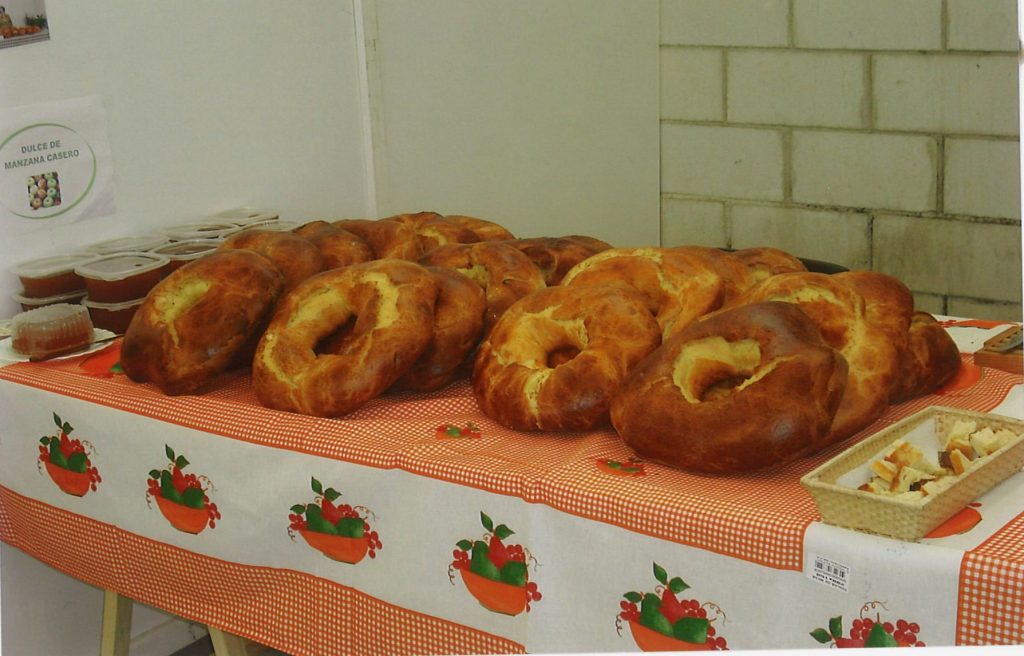
La Feria de las Roscas de Semana Santa en San Tirso de Abres es una celebración tradicional que honra uno de los postres más emblemáticos del concejo: la rosca de Jueves Santo. Este dulce casero, elaborado con una receta transmitida de generación en generación, tiene su origen en la necesidad de aprovechar los huevos prohibidos durante la Cuaresma. La feria busca preservar y promover esta tradición, involucrando a la comunidad local en su elaboración y difusión
What to see?
-
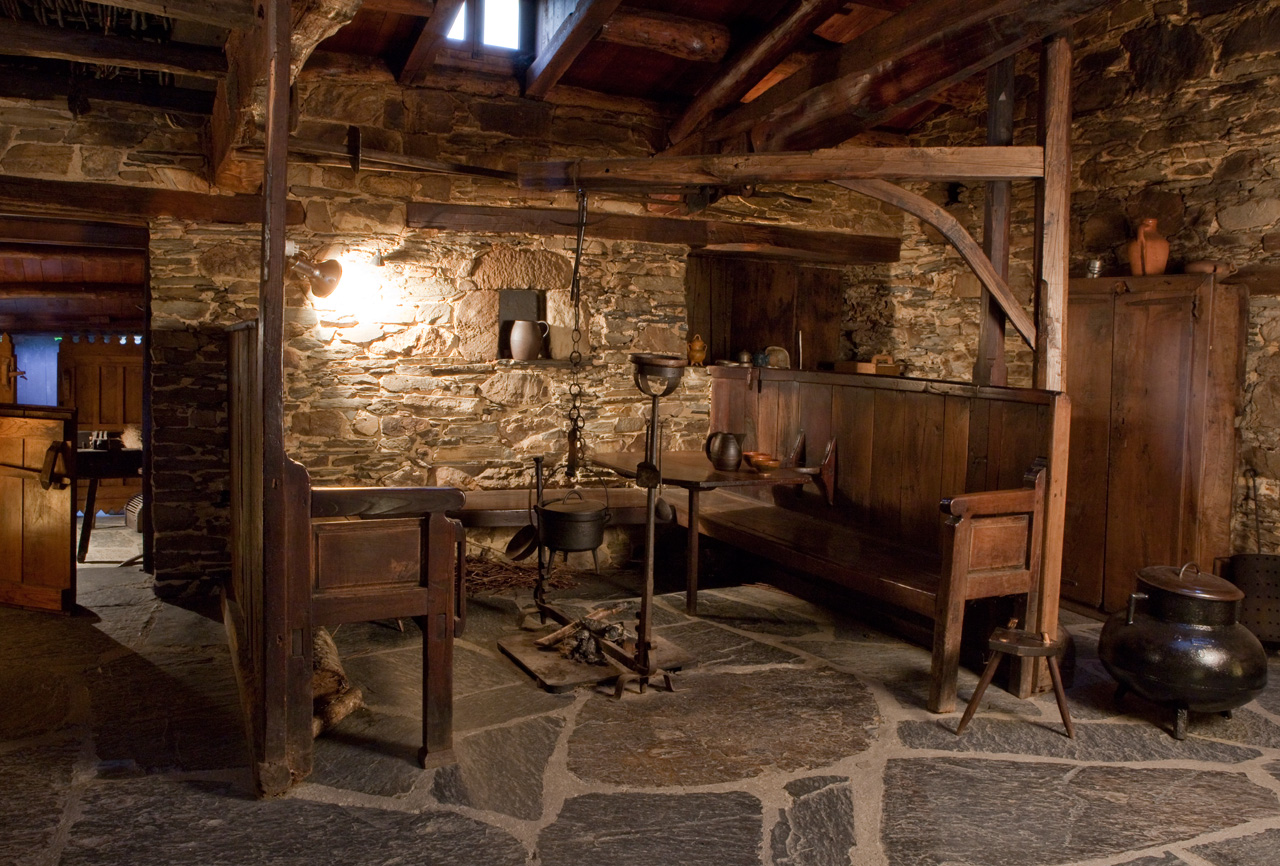
Marquis of Sargadelos Birthplace Museum
- Santa Eulalia de Oscos
- Museum
The house where Antonio Raimundo Ibáñez, Marquis of Sargadelos (1749-1809) was born is now an exhibition space dedicated to the life and work of this industrial and enlightened merchant, who in the late 18th century built in Sargadelos (Cervo, Lugo) one of the first cast-iron foundry and earthenware factories in Spain.
-
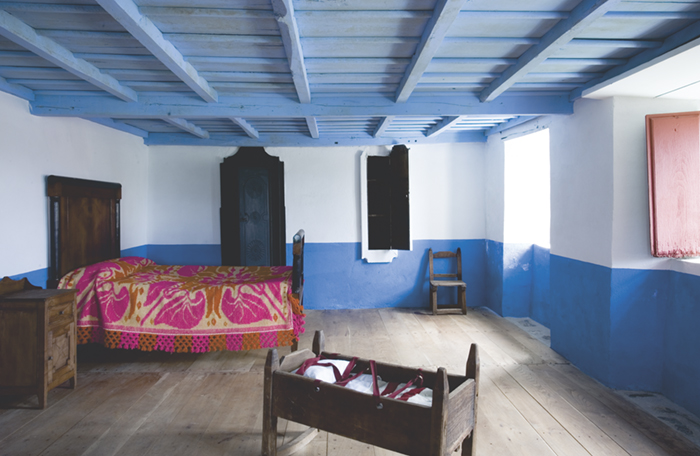
Casa del Marco Interpretation Center “Casa Campesina Museum”.
- San Martín de Oscos
- Museum
In the town of Villarquille (San Martín de Oscos) we find the Casa del Marco, a peasant house with its furniture, tools and implements which shows the way of life of the rural society of the region until the mid-twentieth century.
-

Castro As Croas de Eilale
- San Tirso de Abres
- Heritage
-
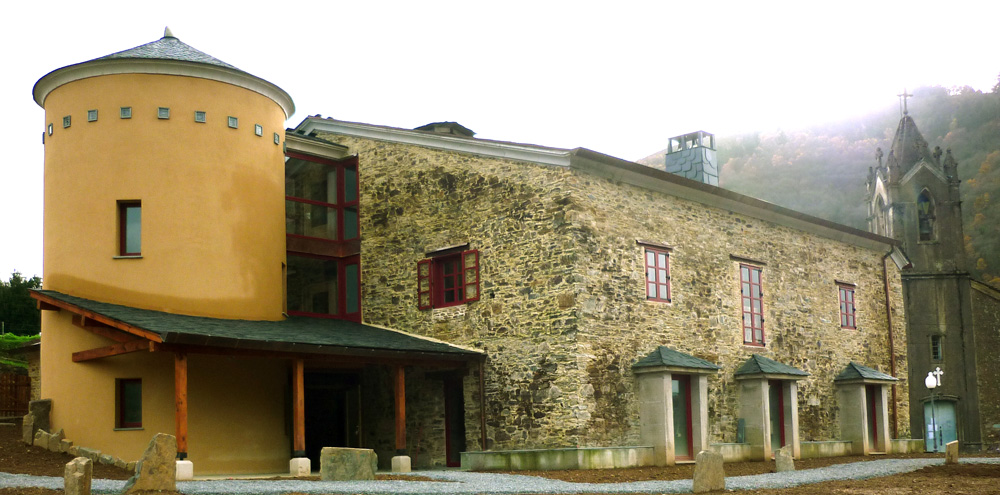
Bres Craft Center
- Taramundi
- Craft
The Bres Craft Center is located in the old Casona de Villanueva, in the center of Bres, 5 kilometers from the capital of the council. This center was conceived as a facility to facilitate the knowledge and enhancement of craft activities, both new and traditional of the region.
-
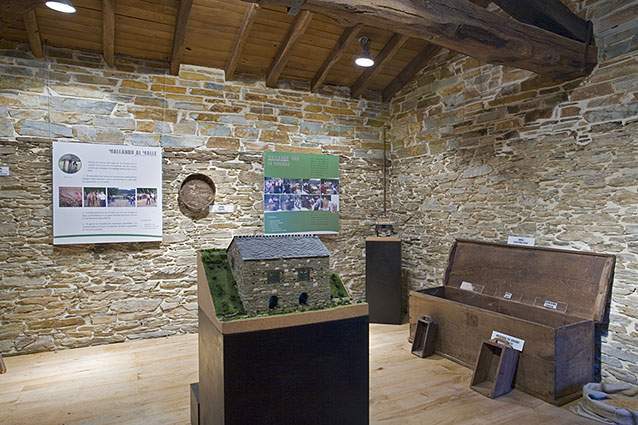
Ecomuseum of Bread
- Villanueva de Oscos
- Museum
The Ecomuseum shows us the complete cycle of bread making, from sowing the cereal to baking, harvesting, milling and kneading.
-
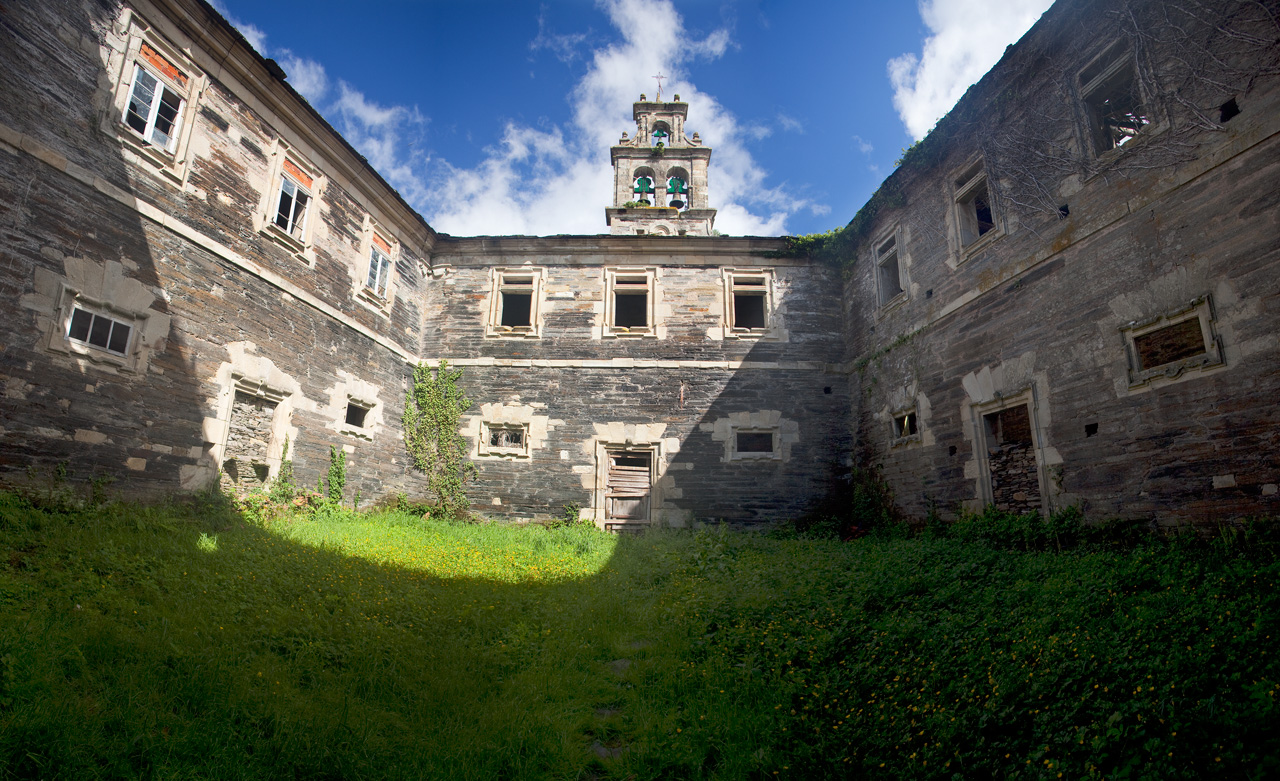
Monastery of Santa Maria
- Villanueva de Oscos
- Heritage
The history of Villanueva de Oscos is closely linked to the Monastery of Santa María, at the entrance of the capital of the council. This Monastery, considered one of the great jewels of Asturian heritage and classified as a Historic-Artistic Monument, was born Romanesque and grew Baroque.


